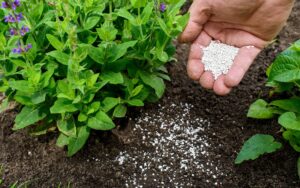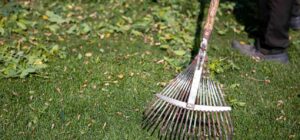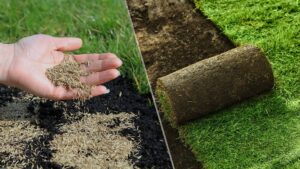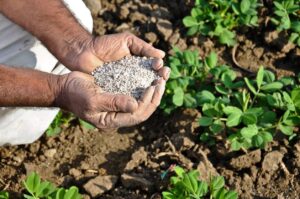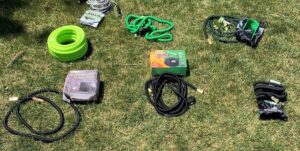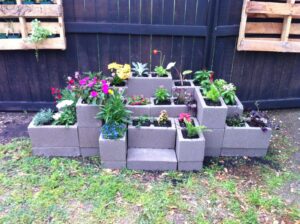Sheet mulching is an eco-friendly gardening technique that involves layering organic materials to create a nutrient-rich bed over existing soil or grassy areas. It’s a low-maintenance, sustainable alternative to traditional methods of lawn removal and soil enrichment, widely used to build fertile soil, suppress weeds, and conserve moisture. Ideal for new garden beds, orchards, or food forests, sheet mulching is often called “lasagna gardening” because it involves layering different materials, like compost and cardboard, much like making a layered lasagna.
Benefits of Sheet Mulching
Sheet mulching offers numerous advantages for gardeners looking to build healthy soil with minimal effort. Here are some of the primary benefits:
- Weed Suppression: The sheet mulch acts as a natural barrier, effectively blocking sunlight, which prevents weed growth. The layering method smothers existing weeds and minimizes the need for herbicides.
- Soil Improvement: As the materials break down, they add organic matter and nutrients to the soil, enhancing its structure, drainage, and fertility over time. This process also promotes earthworm activity, which is beneficial for soil aeration.
- Moisture Retention: The mulch layers help retain soil moisture by reducing evaporation. This makes it an ideal solution for areas prone to drought or for gardeners looking to reduce their water usage.
- No-Dig Gardening: Sheet mulching requires minimal soil disturbance, which preserves soil structure and its beneficial microorganisms. This can be especially useful in areas with poor soil where traditional tilling could damage the soil further.
- Increased Soil Biodiversity: The organic layers attract beneficial organisms like earthworms and microbes, which break down organic materials and increase soil health. These organisms help create a balanced ecosystem in the soil.
- Reduction in Organic Waste: Sheet mulching provides a productive use for garden waste, cardboard, and other compostable materials that would otherwise end up in a landfill.
- Ease of Maintenance: Once established, a sheet-mulched bed requires minimal maintenance. The mulch slowly decomposes, enriching the soil, and can be easily refreshed by adding more layers as needed.
Materials Needed for Sheet Mulching
The success of sheet mulching lies in the right combination of materials, each serving a unique purpose. Here’s a breakdown of the primary materials commonly used:
1. Cardboard or Newspaper
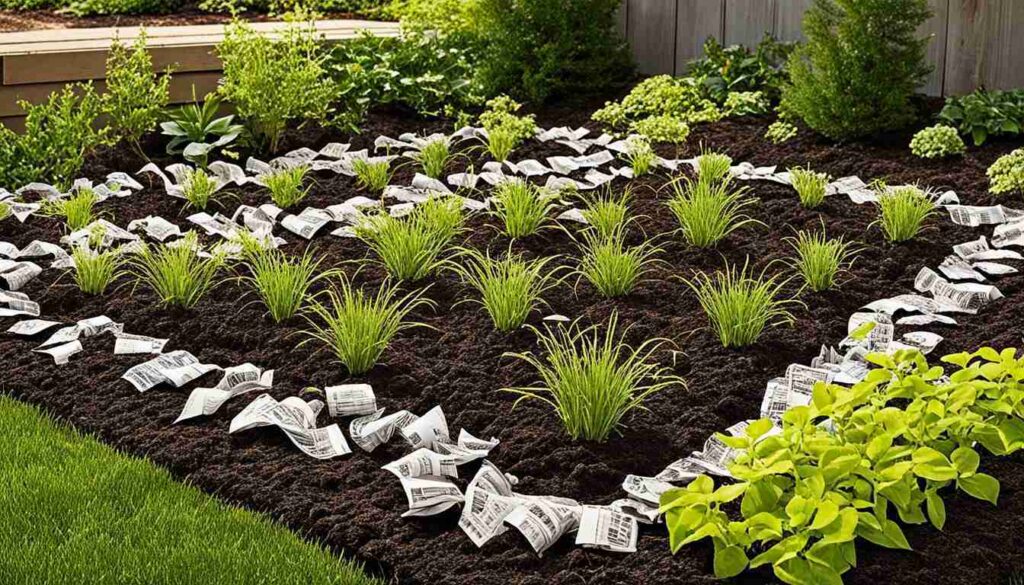
- Acts as a biodegradable weed barrier that blocks sunlight, effectively smothering any existing grass or weeds.
- Opt for plain, untreated cardboard or newspaper with minimal inks, avoiding glossy or colored paper as these may contain harmful chemicals.
2. Organic Matter (Compost)
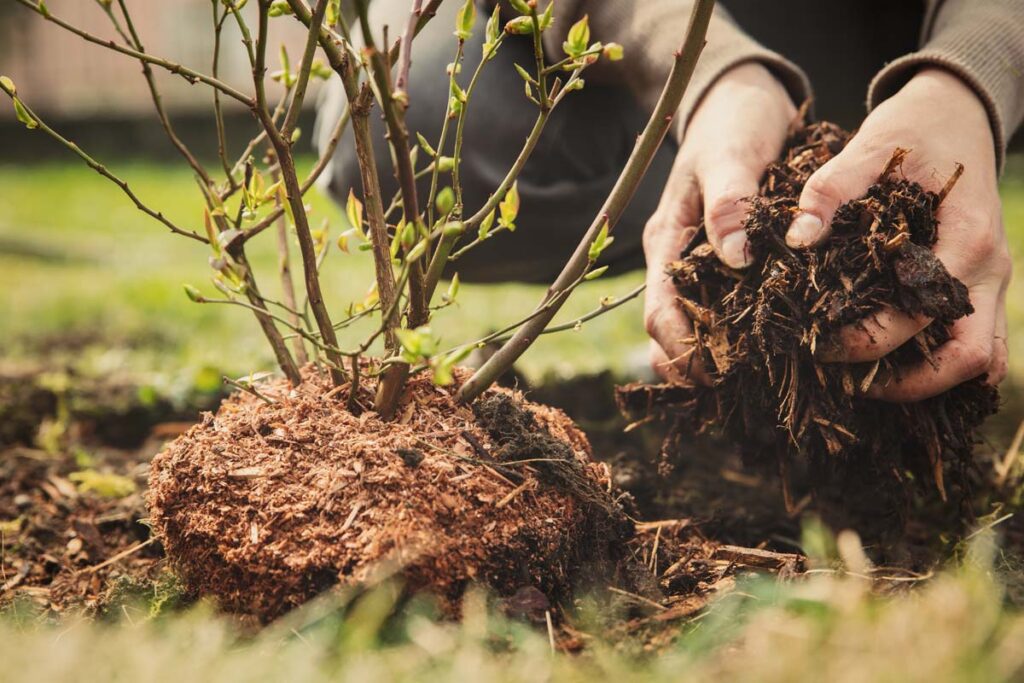
- The compost layer adds essential nutrients to the soil, enhancing its fertility. It serves as the “green” layer that supplies nitrogen.
- You can use homemade compost, manure, or purchased compost as long as it is fully decomposed.
3. Mulch Layer (Straw, Wood Chips, or Leaves)
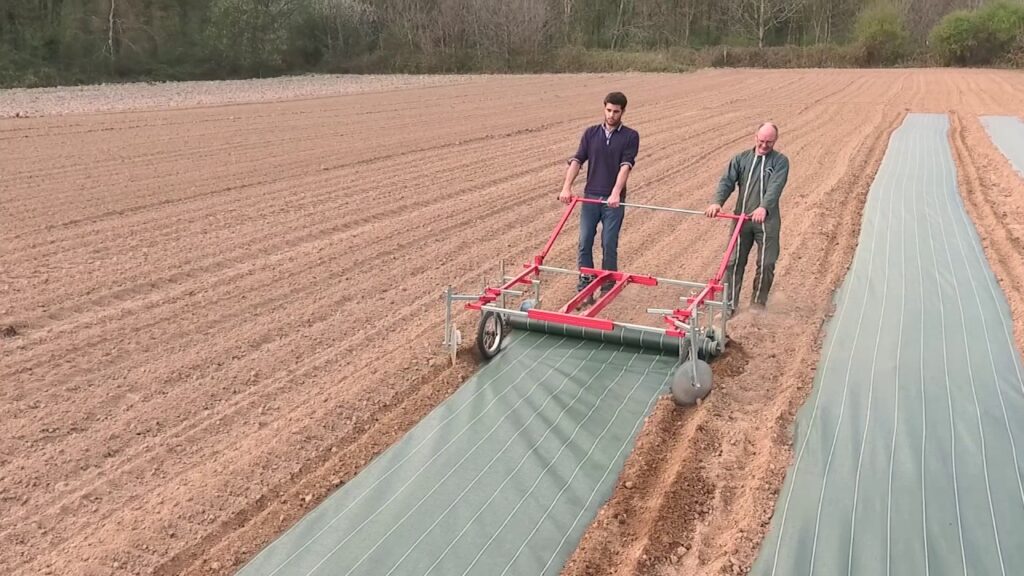
- This top layer provides insulation, retains moisture, and prevents erosion.
- Straw, wood chips, shredded leaves, or even grass clippings are excellent options for the mulch layer.
4. Optional Soil Amendments
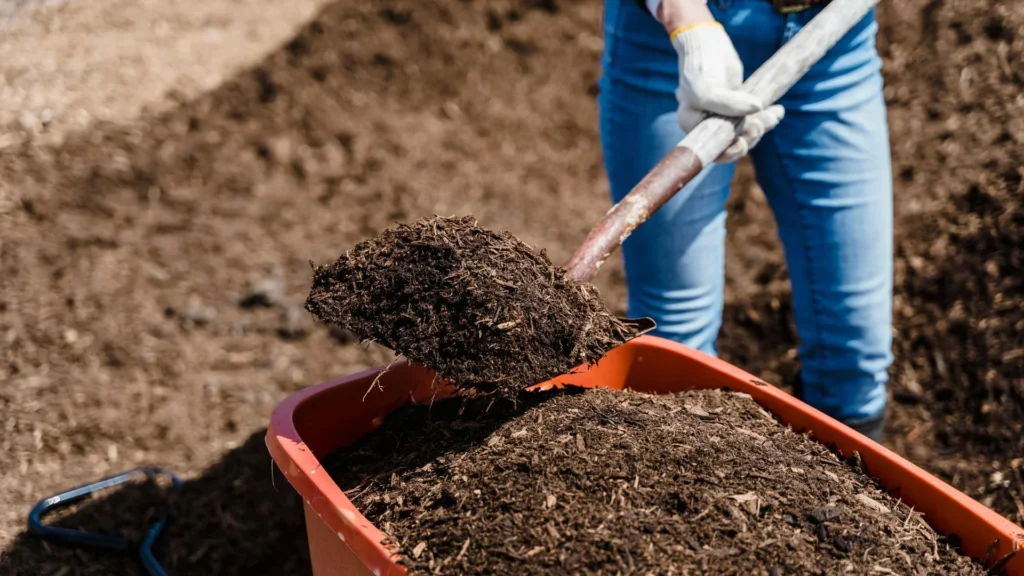
- Depending on your soil’s needs, you may consider adding materials like bone meal, rock phosphate, or green sand for extra nutrients.
- These amendments are typically sprinkled between layers, where they will slowly release nutrients as the layers decompose.
Step-by-Step Guide to Sheet Mulching
Step 1: Prepare the Area
- Mow or Trim: Start by mowing or trimming any grass, weeds, or other vegetation in the area you want to mulch. There’s no need to remove the roots, as they’ll decompose under the mulch.
- Moisten the Ground: Lightly water the area. This creates a moist environment that will support the decomposition process and attract beneficial soil organisms.
Step 2: Lay Down the Weed Barrier
- Cardboard or Newspaper Layer: Place a thick layer of cardboard or newspaper (about 6-8 sheets) directly over the soil. Overlap the edges by several inches to ensure no weeds or grass can poke through.
- Wet the Paper/Cardboard: Once laid, thoroughly soak the newspaper or cardboard with water. This step is essential to help it decompose and mold to the contours of the ground.
Step 3: Add the Compost Layer
- Apply Organic Matter: Spread a 2-4 inch layer of compost or other nitrogen-rich materials on top of the cardboard. This layer will act as a nutrient source for the plants and soil.
- Ensure Even Coverage: Make sure the compost layer is even, which will help the mulch retain moisture and nutrients uniformly.
Step 4: Add the Mulch Layer
- Top with Mulch: Apply a 3-6 inch layer of mulch, such as straw, wood chips, or shredded leaves, on top of the compost. This layer helps insulate the soil and retain moisture.
- Water the Mulch: Lightly water the mulch layer to settle it down and kickstart the decomposition process.
Step 5: Planting (Optional)
If you’re planning to plant directly into the sheet-mulched area, create small pockets in the mulch layers for each plant. Dig down through the layers to reach the soil below, plant the seedlings, then cover the area back up with mulch.
Tips for Successful Sheet Mulching
- Choose Your Timing: Autumn is an ideal time for sheet mulching, as it gives the mulch layers time to decompose over winter, enriching the soil by spring.
- Thickness is Key: Applying enough material is essential to prevent weeds and retain moisture. Aim for a total thickness of 8-12 inches, depending on the size and conditions of your garden.
- Avoid Synthetic Materials: Ensure the materials you use are free from chemicals and plastics that could harm the soil or your plants.
- Refresh Annually: Add new layers of mulch annually or as needed to maintain weed suppression, moisture retention, and soil fertility.
Common Uses for Sheet Mulching
- Converting Lawns to Garden Beds: Sheet mulching is a natural, low-effort way to replace grassy lawns with garden beds without using herbicides or intensive digging.
- Creating New Garden Beds: Sheet mulching is ideal for creating planting areas for vegetables, herbs, or flowers, especially in spots where the soil needs improvement.
- Fruit and Vegetable Gardens: Sheet mulching enriches the soil, making it an excellent option for fruit and vegetable gardens that benefit from nutrient-rich, well-drained soil.
- Permaculture and Food Forests: In permaculture designs, sheet mulching helps mimic natural forest floors, creating diverse, self-sustaining ecosystems.
Frequently Asked Questions about Sheet Mulching
- Can I sheet mulch over existing plants?
Yes, but take care not to smother existing plants. Cut around established plants or shrubs and avoid covering their root zones. - How long does sheet mulching last?
Sheet mulching typically lasts one growing season before the materials fully decompose. However, you can extend the benefits by adding fresh layers of mulch annually. - Is sheet mulching suitable for all types of soil?
Yes, sheet mulching improves all soil types. However, in poorly drained soil, consider adding more compost or using a raised bed approach for better results. - What if I want to plant seeds in sheet mulch?
For direct seeding, remove the top mulch layer in rows or small areas, exposing the compost and soil underneath. Plant seeds as usual and lightly cover them with soil or compost. - Can I use manure in sheet mulching?
Yes, well-composted manure is an excellent source of nutrients. Just ensure it is fully composted to avoid burning plants.

